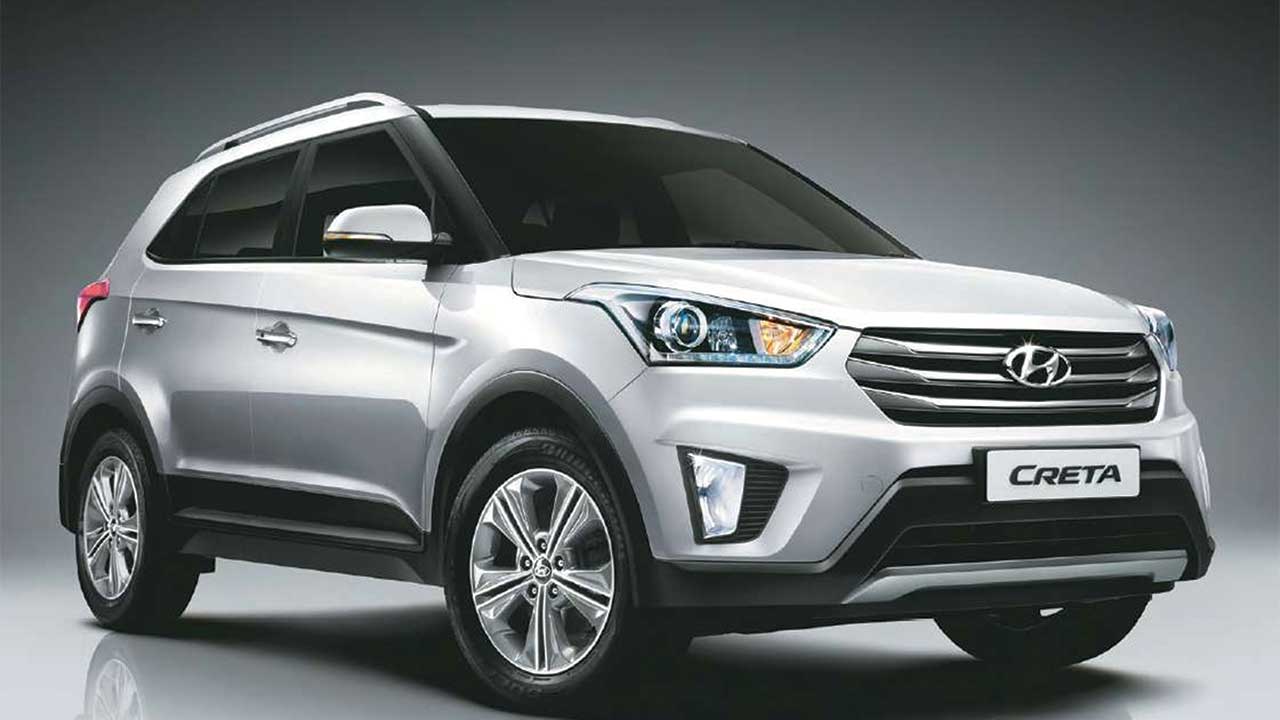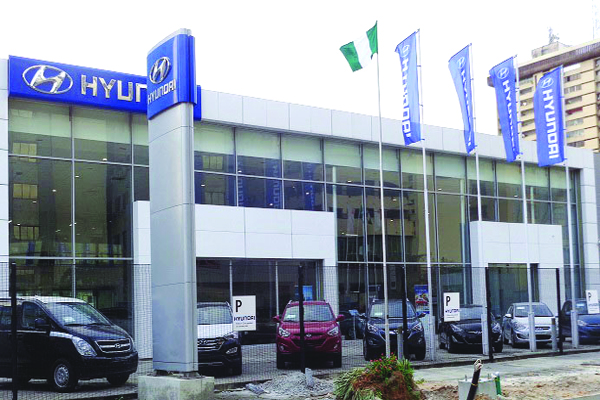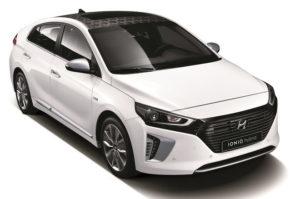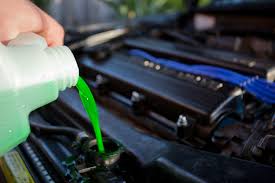
Hyundai Motors Nigeria Limited (HMNL) has described basic education as a prime obligation of Continue Reading »
Mymoto Nigeria: meeting your automotive needs.

Hyundai Motors Nigeria Limited (HMNL) has described basic education as a prime obligation of Continue Reading »

Hyundai Motors Nigeria has launched a brand new Sport Utility Vehicle, Creta to woo medium and high income earners in the Nigeria, particularly young couples, emerging business owners and upwardly mobile executives.
Unveiling the new four-cylinder GAMMA 1.6Litre engine vehicle in Lagos, Continue Reading »

Hyundai Motor Company, South Korea’s largest automaker, has announced its 2015 full-year business results.
Sales volume and sales revenue increased while operating profit declined from the same period last year, mainly due to weak cross currencies, increased promotional activities due to heightened competition amongst automakers and profit decline from non-auto business.
The auto giant claimed it sold 64.96 million units worldwide throughout last year.
Hyundai Motor forecasts that an unfavourable business environment is likely to continue this year.
Emerging markets including China will continue posting slower growths. Also growing geopolitical risks and low oil price will lengthen economic stagnation, leading to steeper competition amongst automakers.
Nevertheless, Hyundai Motor will continue its efforts in establishing sustainable growth with R&D investment to strengthen state-of-the-art technology development and securing eco-friendly technology leadership. Hyundai Motor aims to sell 5.01 million vehicles globally.
It plans to achieve its goal with new model like All-new Elantra, Brand-new IONIQ offered in three eco-friendly powertrain (HEV, PHEV, Full-EV) and Hyundai Motor’s luxury brand Genesis G90 (EQ900 in Korea) large luxury sedan in 2016 to major global markets.
Hyundai Motor will continue strengthening its cooperation with suppliers and actively carry out Corporate Social Responsibilities to create more values to customers and stakeholders alike.
SOURCE: Nation

Hyundai Motors Nigeria Limited, authorized Hyundai manufacturer and product distributor, has inaugurated another avant-garde showroom that depicts the Hyundai DNA. Continue Reading »

Combined Hybrid System output is 139hp and 195 lb-ft of Torque.
Hyundai has revealed some more information regarding its Ioniq model, which will be available as a hybrid, plug-in hybrid, and EV. We reported earlier that the hybrid and plug-in hybrid variants will be powered by a new 104-hp 1.6-liter I-4 paired with a 43-hp electric motor. Now, Hyundai has revealed total system output for the hybrid. The Ioniq is rated at 139 hp and 195 lb-ft in first gear. In second to sixth gear, the system makes 173 lb-ft.
Unlike hybrids currently on sale today like the Toyota Prius, the Hyundai Ioniq uses a six-speed dual-clutch automatic gearbox instead of a CVT. The Ioniq’s gearbox has two driving modes: Eco and Sport. Eco maximizes fuel economy by shifting earlier to higher gears while Sport holds lower gears longer and enables the four-cylinder and electric motor to make full power for improved performance.
Additionally, the car’s body uses an extensive amount of aluminum and high-strength steel while a lithium-ion battery is positioned under the rear seats for a lower center of gravity and better packaging. The Ioniq’s exterior design was also created with efficiency in mind and has a low 0.24 drag coefficient to allow it to cheat the wind.
The Ioniq comes with an independent suspension at all four corners that’s made with aluminum for less mass and improved ride and handling. A key feature of the car’s suspension setup is the dual control arms in the rear, which Hyundai says enhance the car’s ride quality. Alloy wheels of up to 17 inches in diameter are available in the Ioniq and are wrapped in low-rolling-resistance tires for improved fuel economy. The car’s multi-link suspension setup has also been optimized with low-rolling-resistance tires in mind.
Moving inside, the Ioniq’s cabin will be built mainly of recycled and eco-friendly materials. The door covers, for instance, are made of recycled plastic mixed with powdered wood and volcanic stone, which is 20 percent lighter and has the same level of insulation as conventional materials, according to Hyundai. Headlining and carpeting, on the other hand, are partially made of raw materials extracted from sugar cane for improved recyclability. Even the paint used for the car’s exterior is eco-friendly, using ingredients extracted from soybean oil to achieve metallic effects.
The Ioniq comes with plenty of flexibility with features such as folding rear seats for improved cargo-carrying capability. The car’s climate controls, on the other hand, have an efficient operation mode and a driver-only mode to improve its operating efficiency. On the infotainment front, Hyundai’s multimedia interface is also available and the Ioniq can be had with a 7-inch TFT cluster that displays everything from speed, eco information, state of charge, and fuel levels.
Like the Sonata Hybrid and Plug-in Hybrid, the Ioniq’s infotainment system can also display hybrid-specific information such as system operation and status. The Eco-Driving Assistant System (ECO-DAS) maximizes the hybrid powertrain’s efficiency by using the navigation system to judge road conditions and assess if the car can take advantage of extra assistance from the internal combustion engine or take advantage of road conditions to let the battery charge. On the safety front, the Ioniq will offer advanced assistance systems like automatic emergency braking, blind spot warning, rear cross-traffic alert, adaptive cruise control, lane departure warning, lane keeping assist, and lane change assist.
Look for the Hyundai Ioniq to make its North American debut sometime this year, likely at the 2016 New York auto show.

A water-cooled engine block and cylinder head have interconnected coolant channels running through them. At the top of the cylinder head all the channels converge to Continue Reading »

Adopting defensive-driving techniques can keep you safe on the road and may even Continue Reading »

Buying a used car or tokunboh as it is fondly referred to in Nigeria comes with it’s pro’s and con’s, Continue Reading »